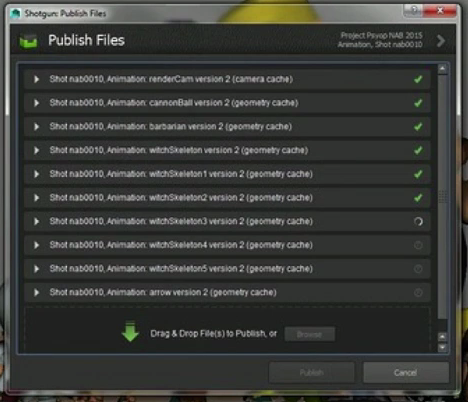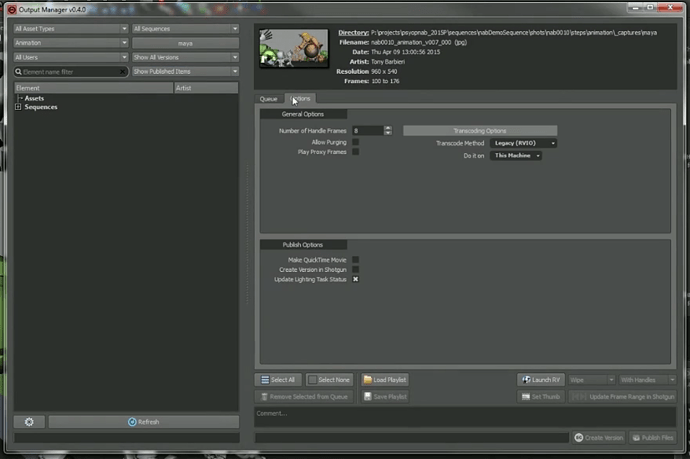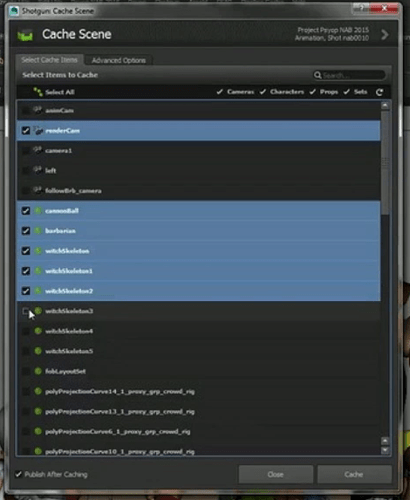Got a link from @tokejepsen about this video and thought I’d pass it forwards.
The presentation itself is Shotgun-centric, but the pipeline components don’t necessarily depend on it and are equally suited to pipelines without it, or any database for that matter.
Many ways to publish
Before I begin I feel it necessary to point out that this is not intended as any form of criticism against Tony or Psyop, pipeline development is an art-form in its own right and there is no right nor wrong. But I wanted to draw some parallels between how their development differ from ours in an effort to learn and improve upon each others experiences.
Apart from involving a few aspects of a pipeline outside the scope of Pyblish, there was one thing I found motivating and very interesting in terms of publishing, which was the amount of ways there was to publish.
- Plain file-saving, with comments and versioning
- Export of specific formats like geometry and animation, with validations (called “sanitizing”)
- Export of playblasts
- Post-processing of published data
- Point-caching
- Generic publishing of files
Each of which with a dedicated tool and workflow.
In Pyblish-speak, publishing is synonymous with sharing. Which means that whenever there is any form of content sharing happening between artists within an organisation, they are publishing that content either formally or informally. Publishing can range from conventionally putting things in the same place each time to formatting of file names to including metadata in some form or another.
Each of the 6 different ways to publish all revolve around sharing and are equally susceptible to the four steps of Pyblish, SVEC. With these ways now visual and in mind, we can start having a conversation about how each could fit a common workflow with Pyblish!
Screenshots
Publishing a file
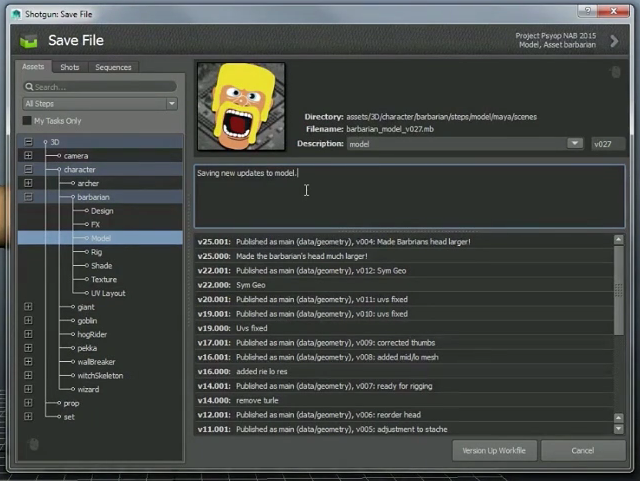
Publishing a format
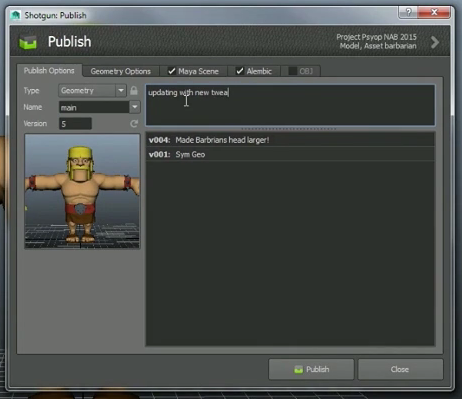
Publishing a playblast
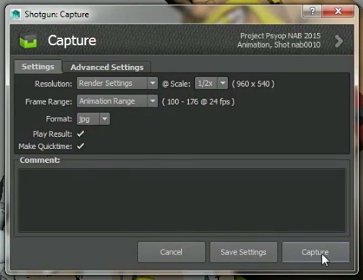
General purpose publishing
Publishing a point-cache
Publishing a file
